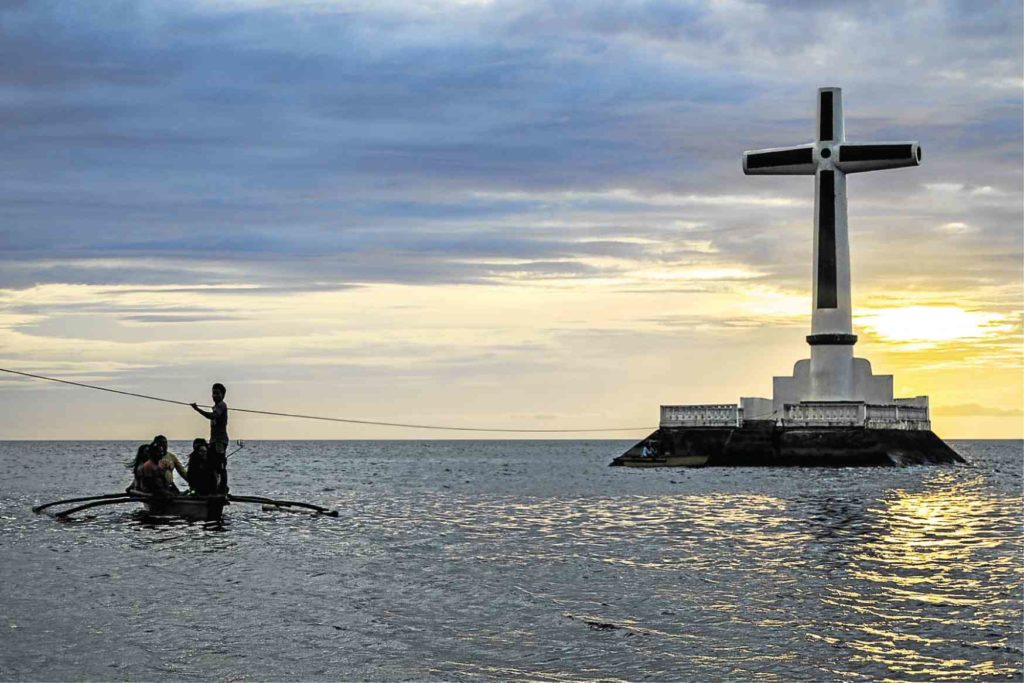
Camiguin boasts of many historical locations that could surely pique the interest of tourists.
Nestled in Northern Mindanao lies Camiguin, it is the second smallest province in the country. Aside from its pristine sand bars and sapphire-like waters, Camiguin is also home to a rich history of architecture.
Largely influenced by Spanish design, the heritage homes are a nod to a period in time in Philippine history. The houses usually looks like big block of stone and wood. It is mostly squarish with wide sliding windows and doors. Wood is the primary construction material used in these heritage homes.
It is said that Spaniards have occupied Camiguin as early as 1521. The first major settlement of the Spaniards happened in 1679 in town known as Catarman. Sadly, the settlement was destroyed when Mount Vulcan erupted in 1871. Three hundred years later, the Americans arrived in Camiguin soil. They assumed political control over Camiguin in 1901.
Just how small is Camiguin? So small that it is just made of five municipalities. It will only take two hours to visit each municipality. Mambajao is the province’s capital and has the largest municipality in both area and population.
It is also in Mambajao where the Borromeo House is located. It can be found in Barangay Tupsan in Mahinog. The Heritage House was completed in 1928.
The Pascual Lim ancestral home is located in Hubangon, also in Mahinog. The white and chocolate brown ancestral home was built in 1924. Chinese characters are inscribed in its facade.
These ancestral homes were once occupied by the rich illustrados during the Spanish era. The buildings symbolize power and respect within the community. Up to this day, these ancestral homes are a source of awe and wonder for its architectural and historical value.
Down in Sagay, there are still more ancestral homes located in this area. However, the landmark of this town is Santo Rosario Church. The church is made from coral stone and was completed in 1882.
The Ruins of the Old Catarman Church still stands up to this day. The Church was among the casualties when Mount Vulcan erupted in 1871.
Now known as Gui-ob Church, its ruins and the bell tower remains intact. A lighthouse has been constructed near the bell tower.
The Baylao Church in Mambajao is said to be a miraculous church. It became a beacon of hope as it provided shelter during the last volcanic eruption of Mount Hibok-Hibok.
In Catarman, the old municipal hall is an eye-catcher. The solid chunk of white building is accented with large, green windowpanes. It is now the local civil registrar of Camiguin. They have constructed a new municipal hall.
However small the land area of Camiguin, it is rich in history and beautiful islands. Its beauty makes up for its size. As the saying goes, good things come in small packages.

